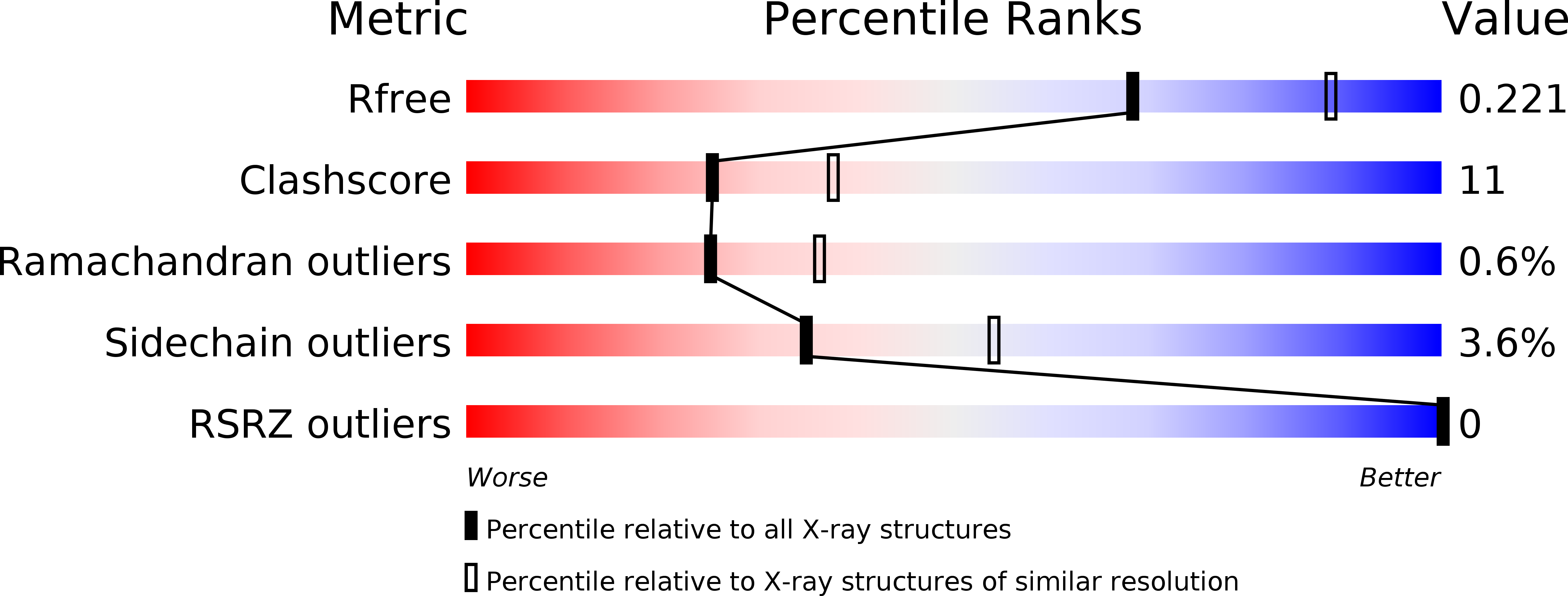
Deposition Date
2007-06-27
Release Date
2008-10-14
Last Version Date
2024-11-06
Entry Detail
PDB ID:
2QFR
Keywords:
Title:
Crystal structure of red kidney bean purple acid phosphatase with bound sulfate
Biological Source:
Source Organism:
Phaseolus vulgaris (Taxon ID: 3885)
Method Details:
Experimental Method:
Resolution:
2.40 Å
R-Value Free:
0.21
R-Value Work:
0.17
R-Value Observed:
0.17
Space Group:
I 41


